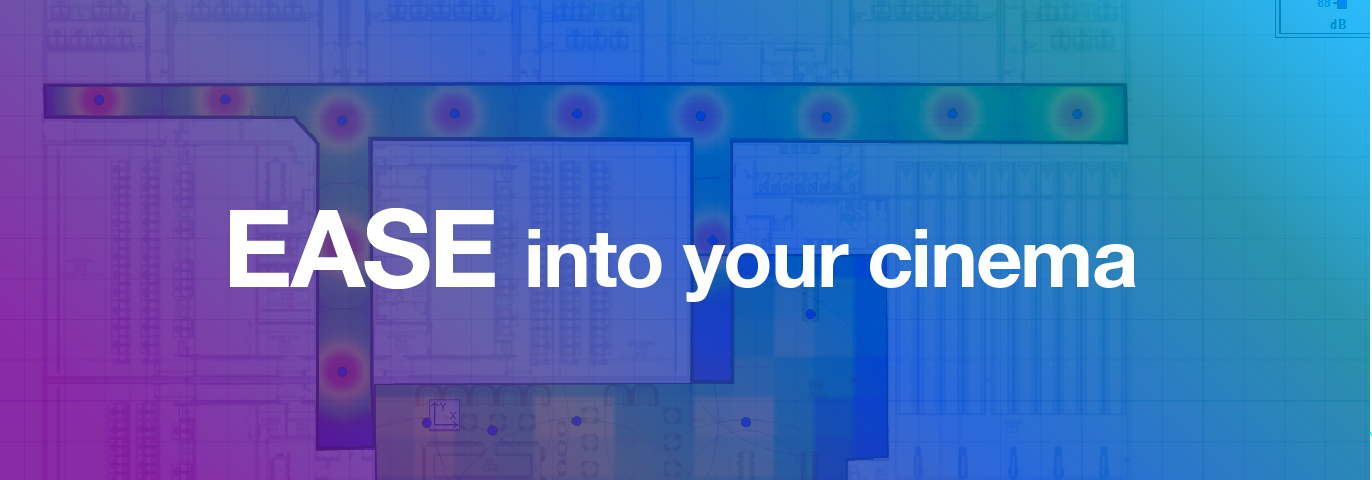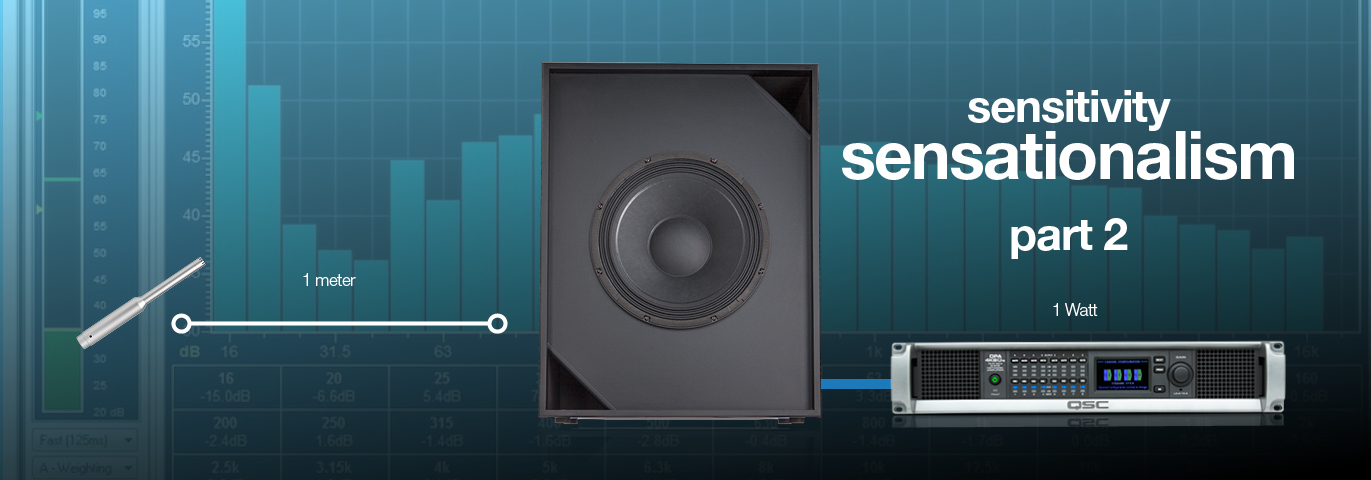
Dynamic Pairing is a special feature in Q-SYS Designer software that allows you to link a virtual peripheral device in your design to a new physical hardware device on your network, like an I/O-8 Flex or the new NV-32-H. This means you can build your Q-SYS design to include an I/O device that perhaps you … Read More








